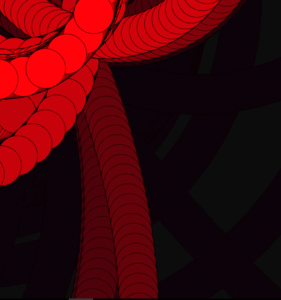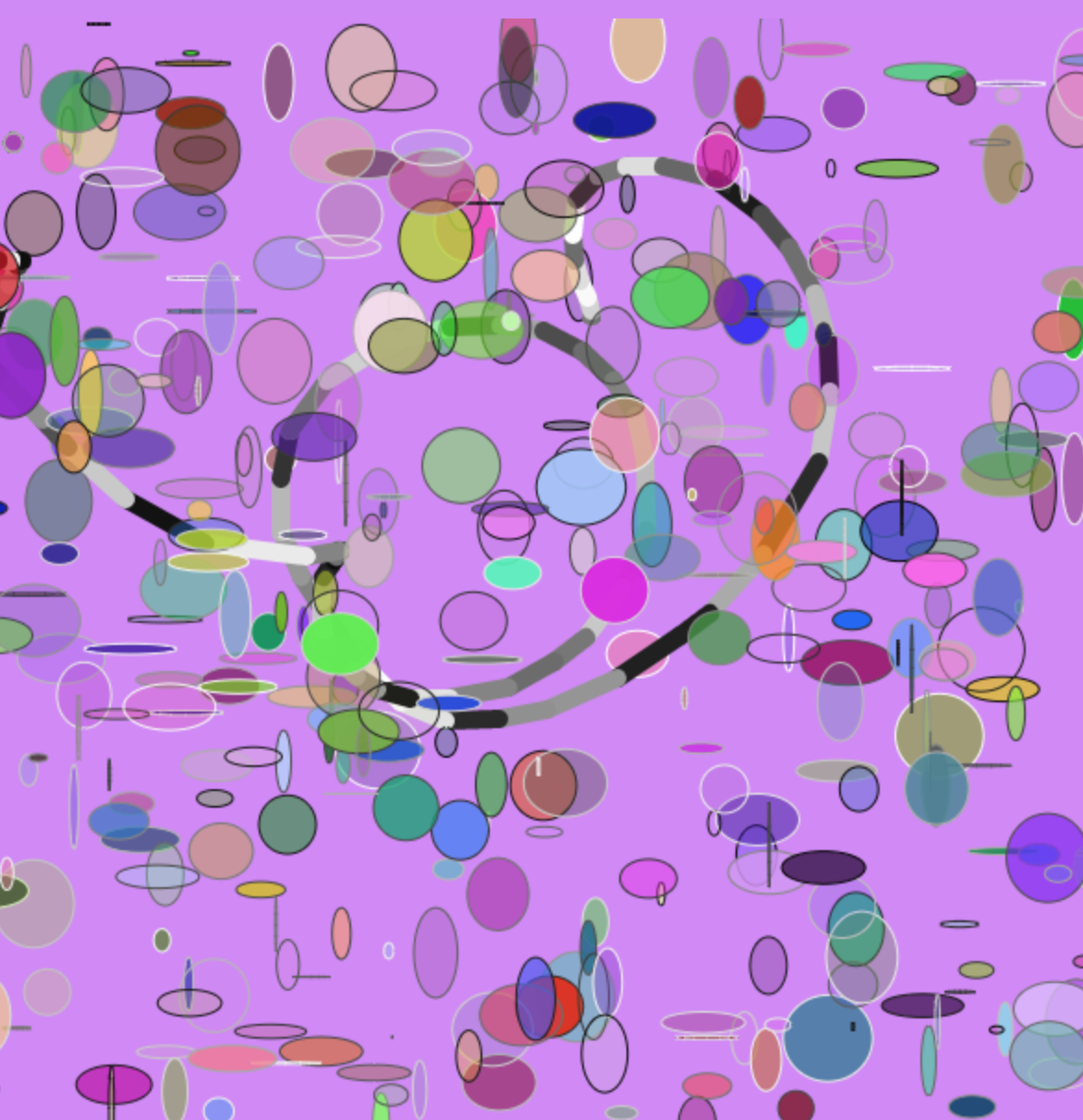https://www.openprocessing.org/sketch/509951
The idea was to emulate the infinite road illusion with code. First I tried making an array of lines with varying stroke weight to get a reference for how the code would look without animation in place. I then tried to replicate the image using a for loop and line function which for the life of me I could not get to work due to its tendency to just fill the space made . I then also wanted to vary the horizon details a bit so I used a bezier function instead to create a bit more random behavior. The hardest part from there was aligning the overlapping curves to make straight lines so it became a trial and error game with inputting numbers but in the end I got a result similar to what I wanted.


